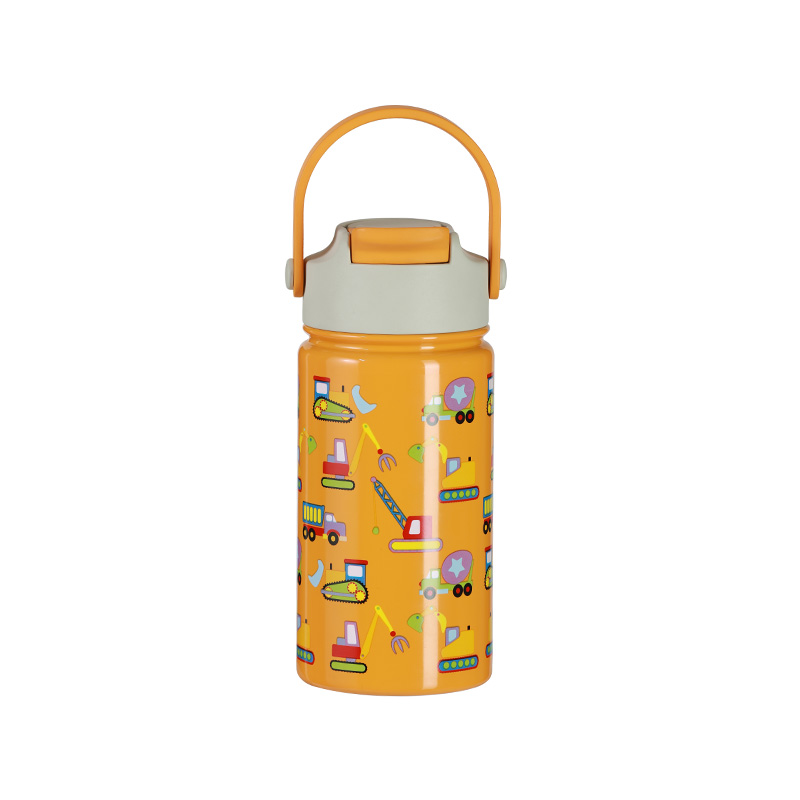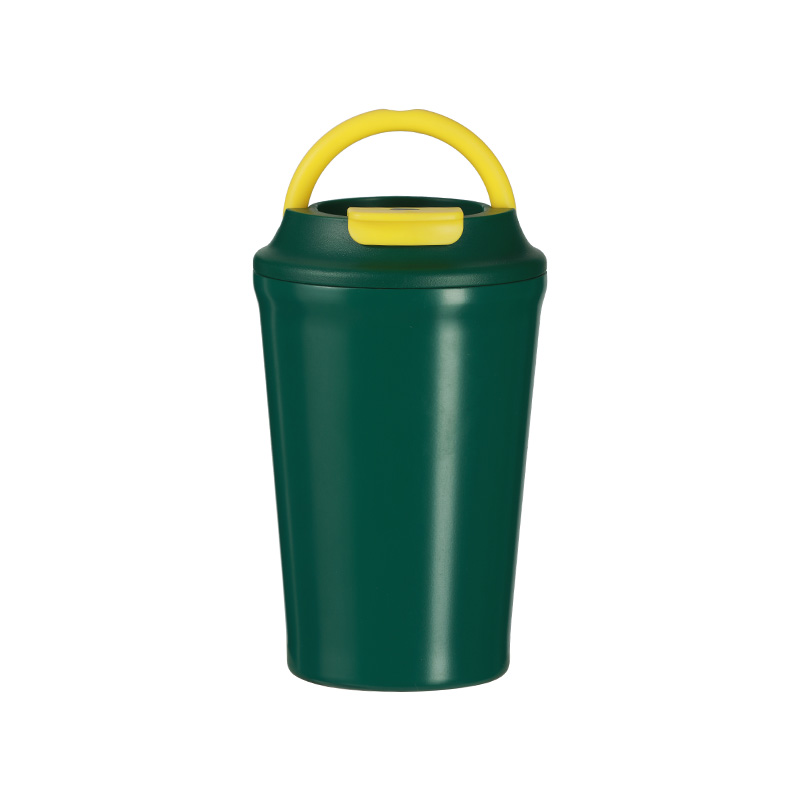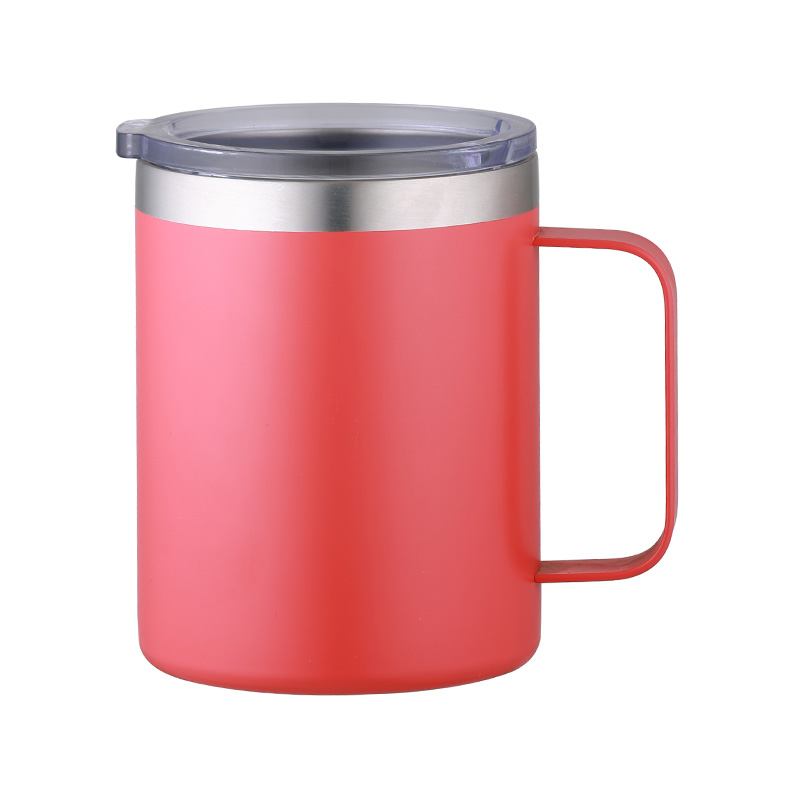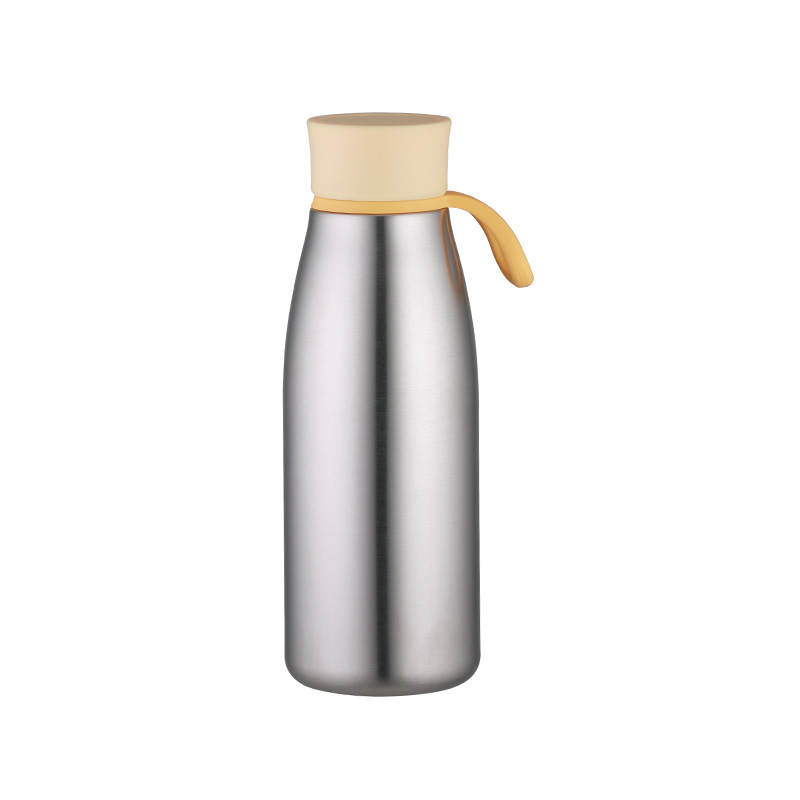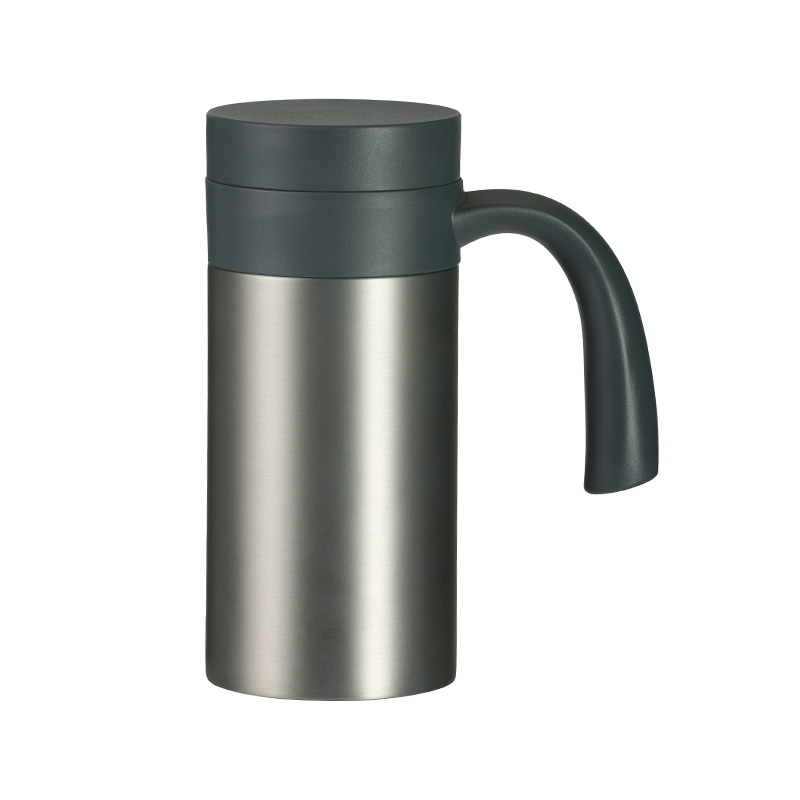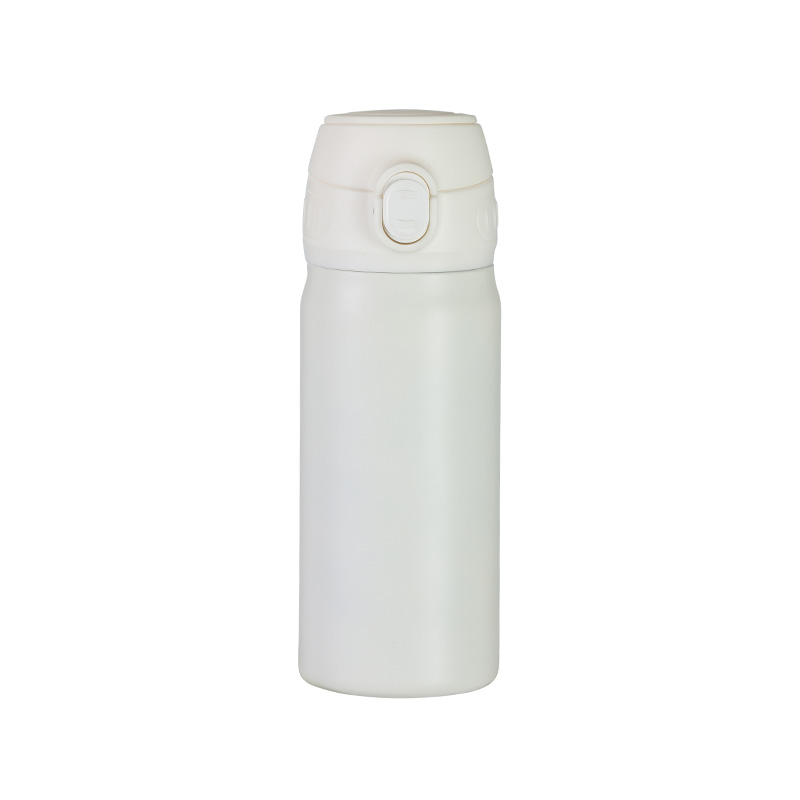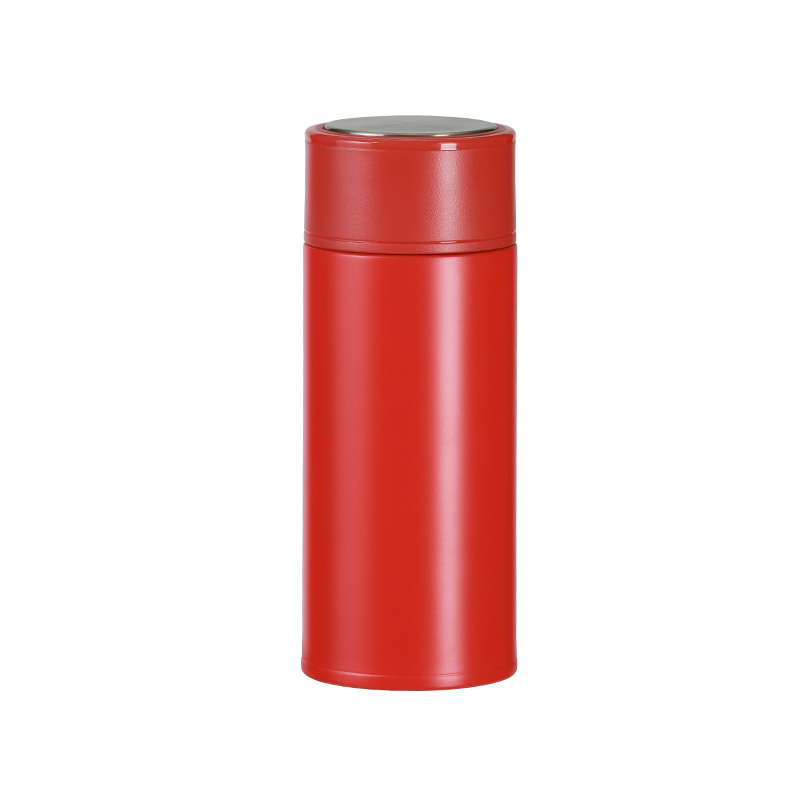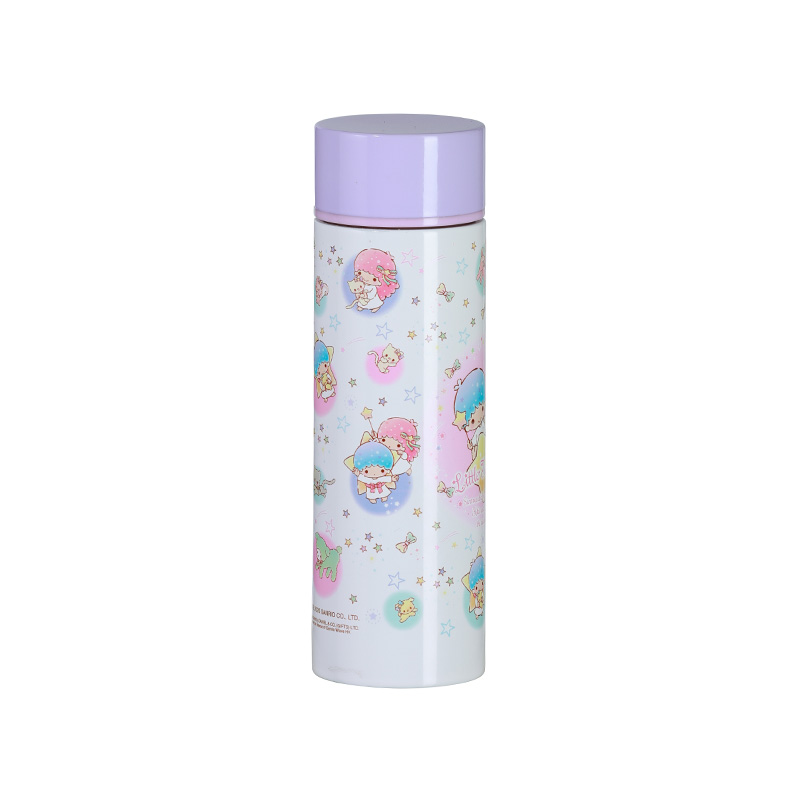The stainless steel water bottle has become a ubiquitous companion for daily life, valued for its durability, insulation properties, and role in supporting sustainable habits. Unlike single-use plastic bottles, it is designed for long-term use. However, many users wonder about its functional lifespan and the appropriate time for replacement. The question of how often to replace a stainless steel water bottle does not have a single, universal answer. Instead, it is guided by a combination of factors related to its physical integrity, interior hygiene, and overall performance.
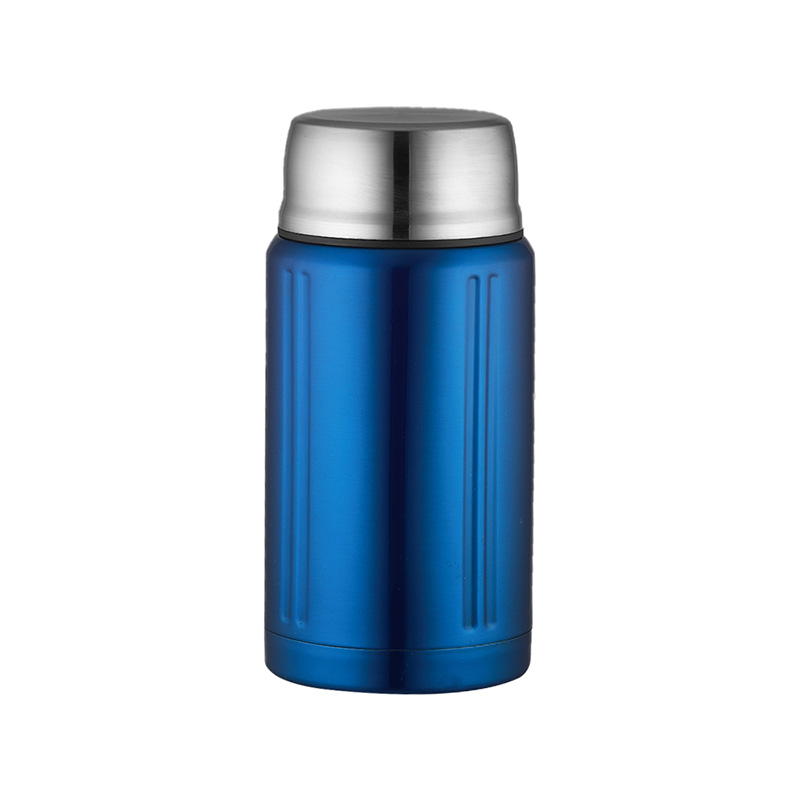
Physical Integrity and Structural Damage
The apparent reasons for replacing a stainless steel water bottle stem from physical damage that compromises its structure or functionality. While the material is robust, it is not indestructible.
A primary concern is significant denting. A small dent might be purely cosmetic, but a large one, particularly on the main body, can affect the bottle's insulation capabilities in double-walled models. More importantly, a severe dent can make the bottle unstable and prone to tipping over. If the structural integrity feels compromised, it may be a sign to consider a replacement. Another clear indicator is damage to the lid or the sealing mechanism. The lid is often the vulnerable part of a stainless steel water bottle. If the threads are stripped, the lid no longer screws on smoothly, or the flip-top mechanism breaks, the bottle will not seal properly. This leaks and defeats the purpose of a portable container. While some lids can be purchased separately, if the bottle itself is also showing its age, a full replacement can be more practical. Deep scratches on the interior surface can also be a consideration. Over time, these can become areas where residues accumulate. While a stainless steel water bottle with minor scratches can often be thoroughly cleaned, a heavily scratched interior may be more difficult to keep hygienic.
Hygiene and Interior Surface Condition
The interior condition of a stainless steel water bottle is crucial for maintaining water quality and taste. Proper care can extend its life, but certain issues can signal that replacement is the better option.
The common hygiene-related issue is persistent off-flavors or odors. A well-maintained stainless steel water bottle should not impart any taste or smell to the water. If a metallic taste, or a sour or musty odor remains after thorough washing with warm, soapy water and a bottle brush, it may indicate that the interior coating has been compromised or that residues are trapped in micro-abrasions. While baking soda or vinegar soaks can often resolve this, persistent odors can be a sign to retire the bottle. Another factor is the appearance of pitting or corrosion. High-quality stainless steel is highly resistant to rust, but it is not entirely impervious, especially if exposed to corrosive substances like chlorine or salt water for extended periods. If you notice any signs of rust or pitting (small holes) inside your stainless steel water bottle, it is advisable to replace it, as the protective passive layer has been damaged. For bottles with narrow necks, the inability to clean them properly due to their design might also prompt replacement. If you cannot effectively scrub the entire interior surface, it may not be possible to maintain a satisfactory level of cleanliness over the long term.
Functional Performance and Personal Needs
Beyond damage and hygiene, the decision to replace a stainless steel water bottle can be influenced by its performance and evolving personal requirements. What was once a bottle may no longer suit your lifestyle.
A noticeable decline in insulation performance is a valid reason for replacement. The vacuum seal between the double walls of an insulated stainless steel water bottle can, in instances, fail. If a bottle that once kept liquids cold for hours now sweats heavily or loses temperature quickly, the vacuum insulation has likely been compromised. In such cases, the primary function of the stainless steel water bottle is diminished. Changes in personal needs can also drive the decision. You might find that you need a different size—a larger capacity for all-day outings or a smaller one for a child's lunchbox. The ergonomics of the bottle, such as the size of the mouthpiece or the carry handle, might no longer be convenient. Furthermore, if the exterior finish of your stainless steel water bottle has become heavily scratched and worn to a point that you are no longer satisfied with its appearance, seeking a new one is a matter of personal preference. The longevity of a stainless steel water bottle means it can last for many years, but its replacement cycle is ultimately determined by its physical condition, its cleanliness, and how well it continues to meet the user's functional and aesthetic expectations.

 English
English 日本語
日本語